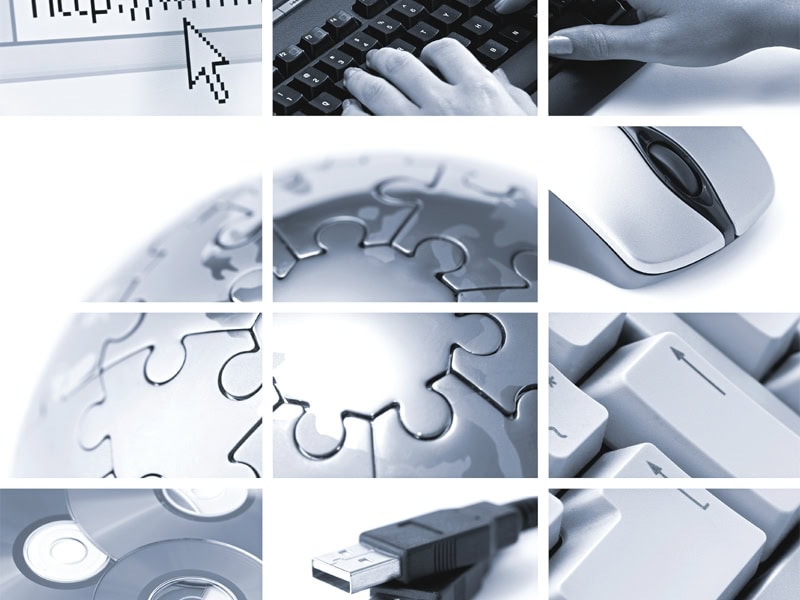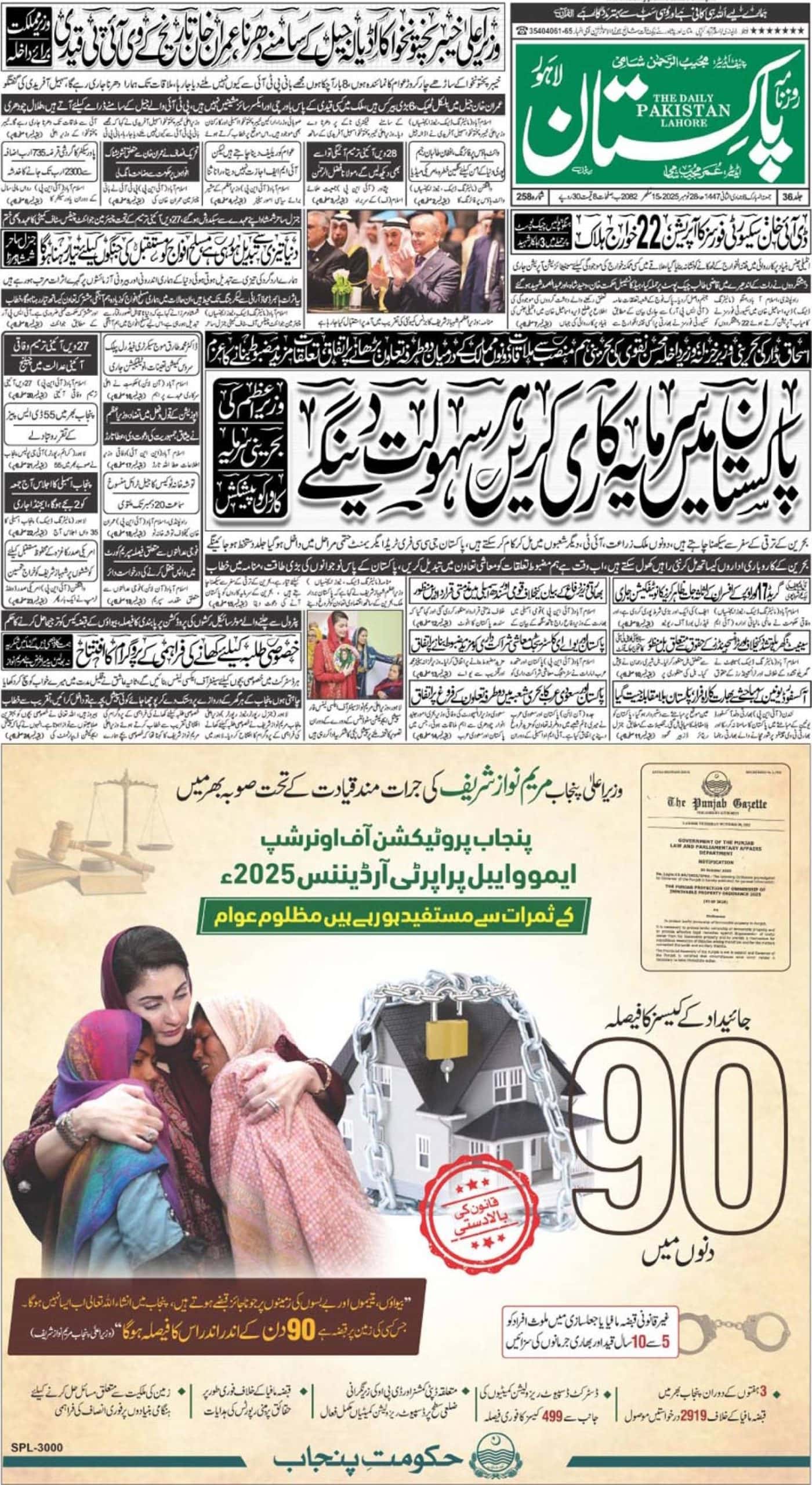The tech industry has historically been male-dominated, with women being underrepresented in both the workforce and leadership positions. However, there has been a push in recent years to increase diversity and inclusion in the tech industry, including efforts to increase the representation of women. Starting a career in the technology industry may be difficult, especially for female Gen Zers, due to a variety of systemic challenges with gender equality as well as the sector’s predominance of male talent. Though born into a technologically advanced generation, female Gen Zs are still being left behind.
Women in the tech industry face a range of challenges, including biases and stereotypes, unequal pay, and lack of access to opportunities and resources. However, there are many women who are making significant contributions to the tech industry and breaking down barriers.
There are also many organizations and initiatives aimed at supporting and empowering women in tech. These include mentorship programs, networking groups, and advocacy organizations that work to address gender disparities in the industry.
Overall, increasing the representation of women in tech is important for promoting diversity and innovation in the industry, as well as for creating more equitable opportunities for all individuals.
Women Influencers in Tech Industry
- There are many influential women in the tech industry who have made significant contributions to the field. Here are some examples:
- Reshma Saujani: Founder of Girls Who Code, a nonprofit organization that works to close the gender gap in technology by teaching girls to code.
- Sheryl Sandberg: COO of Facebook and author of the book “Lean In,” which encourages women to take on leadership roles in their careers.
- Susan Wojcicki: CEO of YouTube and one of Google’s earliest employees, Wojcicki has been instrumental in the growth and development of YouTube as a platform.
- Safra Catz: CEO of Oracle, one of the largest software companies in the world.
- Megan Smith: Former CTO of the United States and founder of shift7, a tech company that works to solve social and environmental problems.
- Hadi Partovi: Co-founder of Code.org, an organization that aims to make computer science education accessible to all students, including girls and underrepresented minorities.
- Ayah Bdeir: Founder of littleBits, a company that produces electronic building blocks to teach children about electronics and coding.
- Tracy Chou: Engineer and advocate for diversity and inclusion in the tech industry, known for her work on improving diversity at Pinterest and other companies.
- These are just a few examples of the many women who have made a significant impact in the tech industry. Their work and achievements serve as inspiration for future generations of women in tech.
So rather than being better at their jobs, increased gender diversity at the corporate level led to things like increased skill diversity in upper management and less gender discrimination throughout the firm, which led to an improved ability to recruit top talent.
Ada Lovelace: The World’s First Computer Programmer
Grace Hopper: The Esteemed Computer Scientist
Hedy Lamarr: The Inventor of WiFi
Annie Easley: The NASA Rocket Scientist
Mary Wilkes: The First Home Computer User
As per the latest data, women hold just 26.7% of tech-related jobs. The total number of women in tech-related positions has actually decreased by 2.1% over the last few years. Of a sample of 552,751 tech employees across 56 companies, 141,038 employees are women.
Inspirational Pakistani Women in Tech Industry
Pakistan has a growing tech industry, and there are many inspirational women who are making significant contributions to the field. Here are some examples:
- Sidra Qasim: Founder and CEO of Markhor, a startup that produces handmade leather shoes.
- Sharmeen Obaid-Chinoy: A filmmaker and journalist who has won multiple Academy Awards for her documentaries, including one on honour killings in Pakistan.
- Jehan Ara: President of the Pakistan Software Houses Association for IT and ITES (P@SHA), an organization that represents the software and IT services industry in Pakistan.
- Sadaffe Abid: Co-founder of CIRCLE, a social enterprise that works to promote women’s economic participation in Pakistan.
- Fiza Farhan: Co-founder of the Buksh Foundation, a nonprofit organization that provides access to clean energy and water in rural areas of Pakistan.
- Nighat Dad: Founder of the Digital Rights Foundation, a non-profit organization that works to promote and protect digital rights and freedom of expression.
- Sara Haider: Engineering manager at Twitter, where she has worked on several high-profile projects, including Twitter’s “Moments” feature.
- Saba Gul: Founder and CEO of Popinjay, a company that produces high-quality, handcrafted accessories while creating economic opportunities for skilled artisans in Pakistan.
- Amna Batool: Founder of Asqurr, a startup that uses artificial intelligence to help companies automate their customer service operations.
- Salma Jafri: Founder of Content Marketing Academy, a company that helps entrepreneurs and businesses create and promote content that attracts and retains customers.
- Maria Umar: Founder of Women’s Digital League, a social enterprise that provides online work opportunities for women in Pakistan.
- These women are breaking down barriers and paving the way for future generations of women in the Pakistani tech industry. Their work is inspiring and serves as a testament to the potential of the tech industry in Pakistan.
Analytics Report of Pakistani Women in the Tech Industry
According to a report by the Pakistan Software Export Board (PSEB), women make up only 14% of the IT workforce in Pakistan. This underrepresentation of women in the tech industry is a challenge that needs to be addressed to ensure diversity and inclusivity in the industry.
However, there are some positive developments. The same report states that the percentage of women enrolled in IT-related courses has increased from 27% in 2014 to 37% in 2018. This indicates a growing interest among Pakistani women in pursuing careers in technology.
41% of women have 4-15 years of work experience but only 13% make it to General Management. The average salary ranges between Rs.10,000 to Rs.250,000. 24% drop between women with 4-7 years of experience & 8-15 years of experience. Only 24% of companies had mentoring programs. Only 27% had training and development opportunities for women.
Additionally, there are several initiatives aimed at promoting women’s participation in the tech industry. For example, the Women’s Digital League provides online work opportunities for women in Pakistan, and the P@SHA Tech Incubator has launched a Women in Tech incubation program to support women-led startups.
Overall, while there is still much work to be done to increase the representation of women in the tech industry in Pakistan, there are positive signs of progress and several initiatives aimed at addressing this challenge.
Analytics Report of Women in the Tech Industry Globally
According to a 2020 report by McKinsey & Company, women account for only 25% of the computing workforce in the United States.
The same report also states that women are underrepresented at every level of the tech industry’s corporate hierarchy. Women make up only 15% of C-level executives in the tech industry.
There are significant pay gaps between men and women in the tech industry. According to a 2020 report by Hired, women in tech earn 81 cents for every dollar earned by men.
The representation of women in C-suite positions decreased to only 10% during the pandemic. In fact, only around 5% of large company CEOs are women.
The percentage of women in C-suite roles at Fortune 500 companies increased overall but stalled in growth, with just two Black women CEOs. Black women CEOs, overall, are paid an average of 38% less than white men in CEO positions.
Since 2019, UNDP Pakistan has been partnering with CIRCLE to support the annual She-Loves-Tech competition in Pakistan. She-Loves-Tech is the world’s largest start-up competition for women and technology. The platform seeks out and accelerates the best entrepreneurs and technology and provides them with an ecosystem of support–through funding and a network of the global community. Over the last three years, UNDP has supported over 130 women-led tech startups.
Ways To Improve Through Innovation:
Technology plays a strong role in advancing gender equality. Innovation and technology are for all not them and below are five ways technology can advance gender equality.
Design technological innovations Contents that interest women and girls need to be purposefully built rather than forcing the female gender to compromise how they were wired in order to find a balance and avoid losing out on growing their technological potential. This speaks to educational courses, career contents, and other activities that are designed for learning, fun and the like.
Inclusion of women in technology history: There’s a daring need to retell historical events in a way that spells balance and effortlessly includes the likes of Ada Lovelace.
Encourage older women to mentor younger women pursuing careers in technology: Young women are inspired when they see more experienced women pursuing their goals. In addition to International Women’s Day, we value days like International Day for Women and Girls in Science and similar events because they provide a platform for celebrating the amazing work
Job fairs, internships, and hands-on learning opportunities in tech-related organizations/fields: Experiences are derived from lessons, and lessons are derived by providing opportunities. Females need to be offered more possibilities in tech-related businesses and areas, whether as undergraduates, or graduates or by ensuring that they have the technical skills necessary for success in their chosen fields through well-thought-out apprenticeships.
Start and expand programs that assist marginalized girls and women develop innovative talents from nothing to a profitable venture. Through youth and women-led organizations or programs tailored towards the well-being of girls and women in society, underserved females are awarded spaces, networks and inspiration to learn and grow technological skills without shrinking and in the future motivated to stand up to challenges.
The digital era offers an opportunity to accelerate gender parity. There’s a strong potential for this space to grow in empathy when women are nurtured with the skill set and mindset needed to take up roles within the space.
Despite these challenges, women are starting to make inroads in the tech industry. According to data from Girls Who Code, the percentage of women graduating with a degree in computer science has increased from 18% in 2010 to 21% in 2019.
There are several initiatives aimed at increasing the representation of women in the tech industry. For example, the non-profit organization Girls Who Code works to close the gender gap in technology by teaching girls to code.
Overall, while there is still much work to be done to increase the representation of women in the tech industry and address the challenges they face, there are positive signs of progress and several initiatives aimed at addressing this challenge.
No one sector can do this alone: it will take collaboration between governments, businesses and civil society and women’s organizations, among others. Explicitly working gender and intersectional perspectives into digital plans and policies can help catalyze this kind of cross-sector coordination
No one sector can do this alone: it will take collaboration between governments, businesses and civil society and women’s organizations, among others. Explicitly working gender and intersectional perspectives into digital plans and policies can help catalyze this kind of cross-sector coordination













